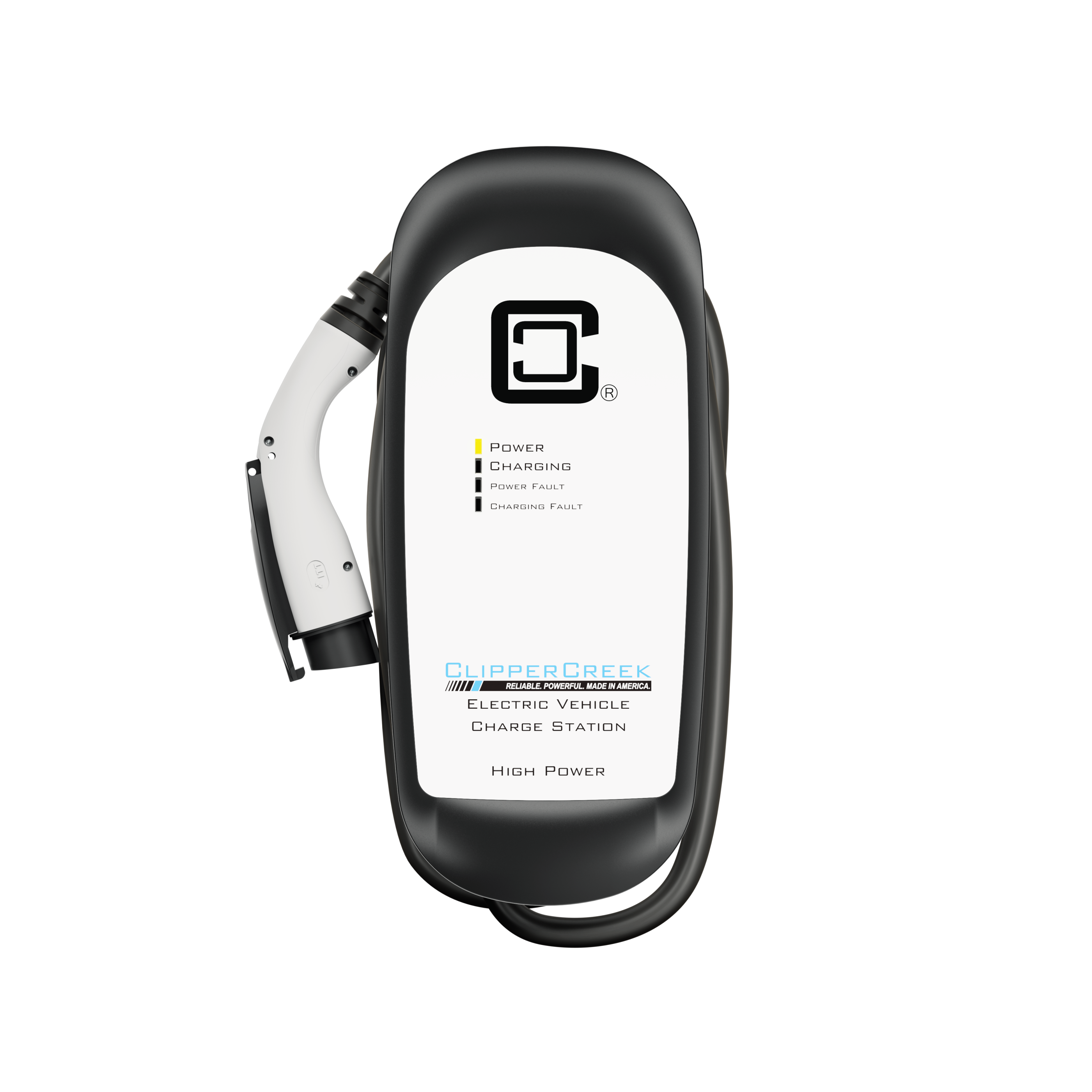
- 1 view
By Uber Energy
EV chargers can typically be powered two ways: by installing a compatible NEMA outlet and plugging the charger in, OR by wiring a wall charger directly to your breaker panel. Plug-in chargers are most convenient for those who already have an outlet installed in their garage or near their EV. While plug-in chargers offer convenience, we have found that hardwired solutions are more durable and robust – with fewer charging issues.
Customers frequently contact us believing that a ‘cheap 240v outlet’ is all they need to charge their EV with the included charger, and that they don’t want to spend ‘extra money’ for a wall-charger. When materials are considered, we have found that wall chargers are often cheaper to install, charge faster, and have far fewer problems.
When utilizing a plug-in charger, customers must already have a NEMA 14-50 outlet in close proximity to where the EV is parked. If customers do not have an existing outlet, one must be installed. Below are the traditional considerations for a NEMA outlet installation.

Outlet Breakdown:
Charger: Often included with vehicle purchase (Tesla Mobile Connectors no longer provided)
Wiring: Additional wire required for 14-50; typically $200
Outlet & Housing: Typically $120
Maximum Charging Output: 40 Amps

Hardwired Charger Breakdown:
Charger: Generally between $400-700 (existing plug-in charger can be sold or saved for travel)
Wiring: Hardwiring uses 25% less wire ($200 savings)
Outlet & Housing: Not needed ($120 savings)
Maximum Charging Output: 48 Amps
Aside from the cost savings, hard-wired chargers are safer, more reliable, and faster. Outlets present a safety issue – think of baby covers on wall-plugs. Now imagine that your EV outlet is four times as powerful as a traditional wall-plug and it’s easy to see the potential danger. We have also found that plug-in chargers often have issues on a GFCI breaker; as EVSE chargers already have GFCI built-in. The two GFCI systems interfere with each other and cause what is known as ‘nuisance tripping’ which will prevent your vehicle from charging entirely.
We are happy to answer any of your questions regarding hardwire chargers, plug-in chargers, or general EV & EVSE information.